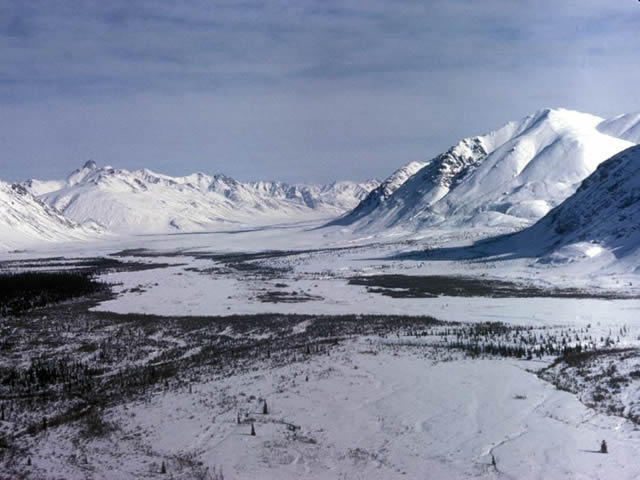The Little Ice Age
One of the most notable instances of historical climate change is the Little Ice Age, which is believed to have been caused by a decrease in sunspot activity. This period spanned from approximately 1300 to 1870. During this time, average temperatures were about 1 °C lower than today. The effects of the Little Ice Age included:
- The Baltic Sea and several European rivers, including the Thames, froze over in winter.
- Sea ice, which currently is much further north, extended as far south as Iceland.
- Winters were significantly colder and longer, shortening the growing season by several weeks.
- These harsh conditions resulted in widespread crop failures and famines.
- Settlers deserted isolated regions like Greenland as survival became untenable.
- The price of grain rose almost universally, leading to social unrest and rebellions.
- Glaciers in the Alps and northern Europe expanded, engulfing towns and farmlands.
Related Topics
Use the images below to explore related GeoTopics.



